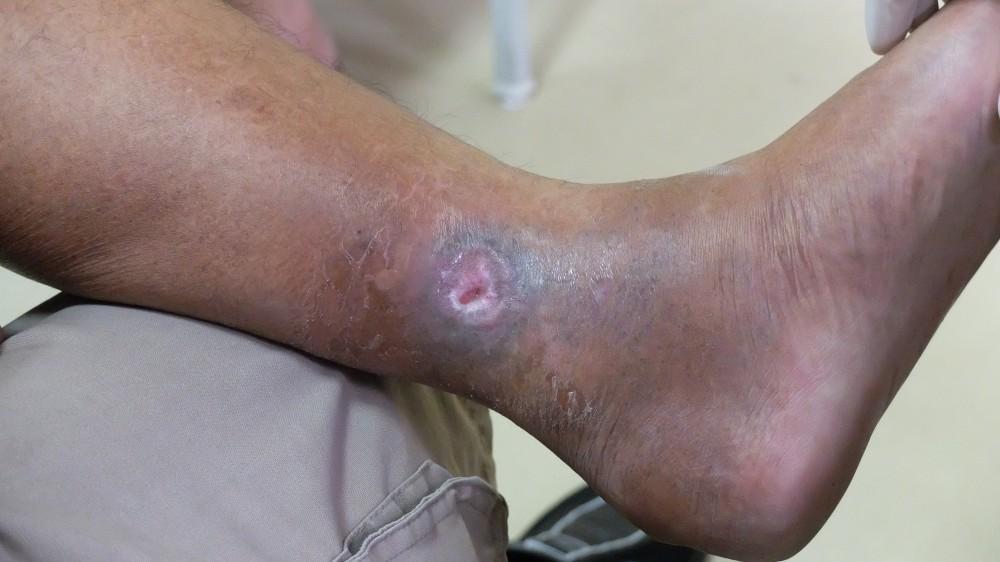
5 Diabetic Foot Care Tips to Protect Your Skin

If you’re living with diabetes, you need to take extra care of the skin on your lower extremities, including your feet and ankles. Diabetes has negative potential impacts on your foot health, and can lead to limb loss without the right precautions. The seriousness of the situation is very real.
Damage related to diabetes can impair your circulation, as well as resulting in nerve issues and insensitivity. In combination, these factors mean that you may not notice injuries to your feet and lower body, and that such injuries can become infected and dangerous in a short amount of time.
So what can you do to protect the skin on your feet? If you have diabetes, are there steps you should take to keep your feet in good shape? The answer is, absolutely. The right diabetic foot care can keep your skin in good condition.
Let Dr. Steve Sharlin share some of his top tips for diabetic foot care. Dr. Sharlin provides expert diabetic foot care at The Foot Care Group of Hinsdale, Libertyville, and the Streeterville community of Chicago, Illinois. Here’s what he wants you to know about the basics of diabetic foot care.
1. Check your feet regularly
Diabetic neuropathy may mean that you don’t feel sensation in your feet. That means that it’s important to check regularly for foot injuries, breaks in your skin, or abrasions. You should check up on your feet at least once per day, as part of your daily routine.
2. Clean your feet regularly
You can protect yourself from infection by keeping your feet clean. You should wash your feet daily, including in between your toes. Always use lukewarm water to clean your feet, as insensitivity could cause you to burn your skin with overly-hot water. Gently pat your feet dry with a clean towel after washing.
3. Protect your feet with shoes and socks
Little injuries can become big problems if you have diabetes, so it’s a good idea to keep your feet protected with shoes and socks at all times. Going barefoot is highly risky for people with diabetes-related foot problems.
4. Find the right fit with footwear
Ill-fitting shoes can result in harm to the skin of your feet, including abrasions and blisters. If you have diabetes, that’s definitely something to avoid. You want to make sure that your footwear fits well, and won’t rub your feet in ways that could cause skin damage.
5. See a specialist
Diabetic foot care can be complex, and is essential to preserve your independence, mobility, and quality of life. This is one situation you shouldn’t try to handle on your own.
For comprehensive diabetic foot care support, partner with Dr. Sharlin at The Foot Care Group. Dr. Sharlin recommends the diabetic foot care plan that’s right for you, and checks in with you regularly to make sure your plan is working effectively.
If you have diabetes, and you’re concerned about the skin on your feet, or potential foot injuries, contact Dr. Sharlin today. Schedule your initial consultation appointment by calling The Foot Care Group today, or request an appointment online now.
You Might Also Enjoy...


Can Hammertoes Be Corrected with Orthotics?

Can Cryotherapy Get Rid of My Plantar Warts?

I'm Embarrassed About My Toenail Fungus: What Can Help?

5 Bothersome Complications of Untreated Hammertoe

